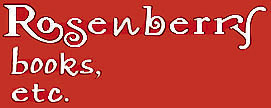On All My Holy Mountain: A Modern Fraktur
Peace Church and Folk Art Revival Editions
fraktur by Diane Katz
reflections on peace by the Rutba House (Peace Church Edition only)
featured in The Washington National Cathedral Christmas catalog
selected by the Fellowship of Reconciliation and Pax Christi for their own special editions
[portfolio_slideshow width=690 height=450]
On All My Holy Mountain revives a richer, deeper past.
Though created by a single artist, the fraktur in this volume reflects the vitality and range of a number of historically known, but mostly anonymous, artists. Fraktur’s cheerful hearts and angels with playful writing might have been the loving expression of a naive hand or the masterful execution of a skilled decorative artist and calligrapher.
A North American folk art, fraktur blossomed in the Pennsylvania German culture from pre-revolutionary times. The Amish simplified and popularized fraktur. On All My Holy Mountain revives a richer, deeper past.
Consider each pair of pages as a visual hymn.
The fraktur-writing in this book is not made for speed reading. The ornate and sometimes quirky writing may slow you down. It may slow you enough to absorb something deeper from the fraktur’s verses and symbolic images.
| On All My Holy Mountain: Folk Art Revival Edition — Deluxe Edition — 9x12 in. hand-bound hardcover — $34.95 Handmade hemp binding, Italian Fiocardi & Japanese Echizen Washi cover, Echizen Washi flyleaves, Classic Laid Baronial Ivory text, archival, 2005. |
[wp_cart:On All My Holy Mountain — Folk Art Revival Edition:price:34.95:end] |
| On All My Holy Mountain: Peace Church Edition — Deluxe Edition — 9x12 in. hand-bound hardcover — $34.95 Handmade hemp binding, Italian Fiocardi & Japanese Echizen Washi cover, Echizen Washi flyleaves, Classic Laid Baronial Ivory text, archival, 2005. |
[wp_cart:On All My Holy Mountain — Peace Church Edition:price:34.95:end] |
Handmade papers perform an act of peaceful nonresistance
Centuries may have passed since a Peace Church publication has been handbound with handmade papers. Read how the handmade papers of an 18th century hand-bound book performed an act of peaceful nonresistance in the American Revolution! (from “A Note on this Peace Church Edition”)
A “modern” fraktur?
This book presents new fraktur for a modern reader. Fraktur was, in its time, an art like quilting, weaving or singing. Can fraktur-making have a revival such as quilting has had? Learn more about Fraktur.
About Rutba House
Rutba House was named after a small town in war-torn Iraq where a loving Iraqi gesture of peace transformed Leah and Jonathan Wilson-Hartgrove. The gesture of kindness was to them a revolutionary act of resistance to the international politics that caused the war. It was an act they wanted to emulate. With Isaac Villegas, a student at the time—like Jonathan—at Duke Divinity School, they began an inner-city hospitality house in Durham. They named it The Rutba House, where the on-going, international experiment in communal spiritual living called “New Monasticism” began.
Jonathan Wilson-Hargrove, director of New Monasticism’s School for Conversion, is the author of Common Prayer: A Liturgy for Ordinary Radicals; The Wisdom of Stability: Rooting Faith in a Mobile Culture; Becoming the Answer to Our Prayers: Prayer for Ordinary Radicals; New Monasticism: What It Has to Say to Today’s Church; Free to Be Bound: Church Beyond the Color Line; Inhabiting the Church: Biblical Wisdom for a New Monasticism; and To Baghdad and Beyond: How I Got Born Again in Babylon.
Leah Wilson-Hargrove is a team member of Urban Hope and former director of the Walltown After School Program. Both programs advocate for urban youth in Durham, NC.
Isaac S. Villegas is pastor of the Chapel Hill Mennonite Fellowship in Chapel Hill, NC, and teaches classes in prisons with Project TURN. He is a member of the Governing Board of the North Carolina Council of Churches, writes a column, “Life of the Body” for the Mennonite Weekly Review, and is the co-author of Presence: Giving and Receiving God with J. Alexander Sider.
Sermons by Jonathan Wilson-Hartgrove, Isaac S. Villegas and J. Alexander Sider are included in Rosenberry’s A Word in Season, along with sermons by nine other preachers from the Chapel Hill Mennonite Fellowship.
Also of Interest
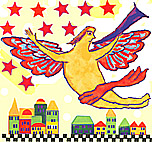 |
Fraktur Folk Art |
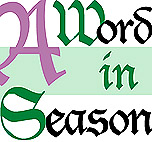 |
||
A Word in Seasonby Eleven Preachers from the Chapel Hill Mennonite Fellowship |
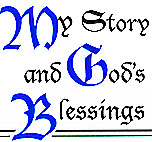 |
||
My Story & God’s Blessingsby John Samoylo |
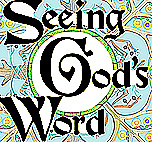 |
||
Seeing God’s Wordby David Mathewson |
